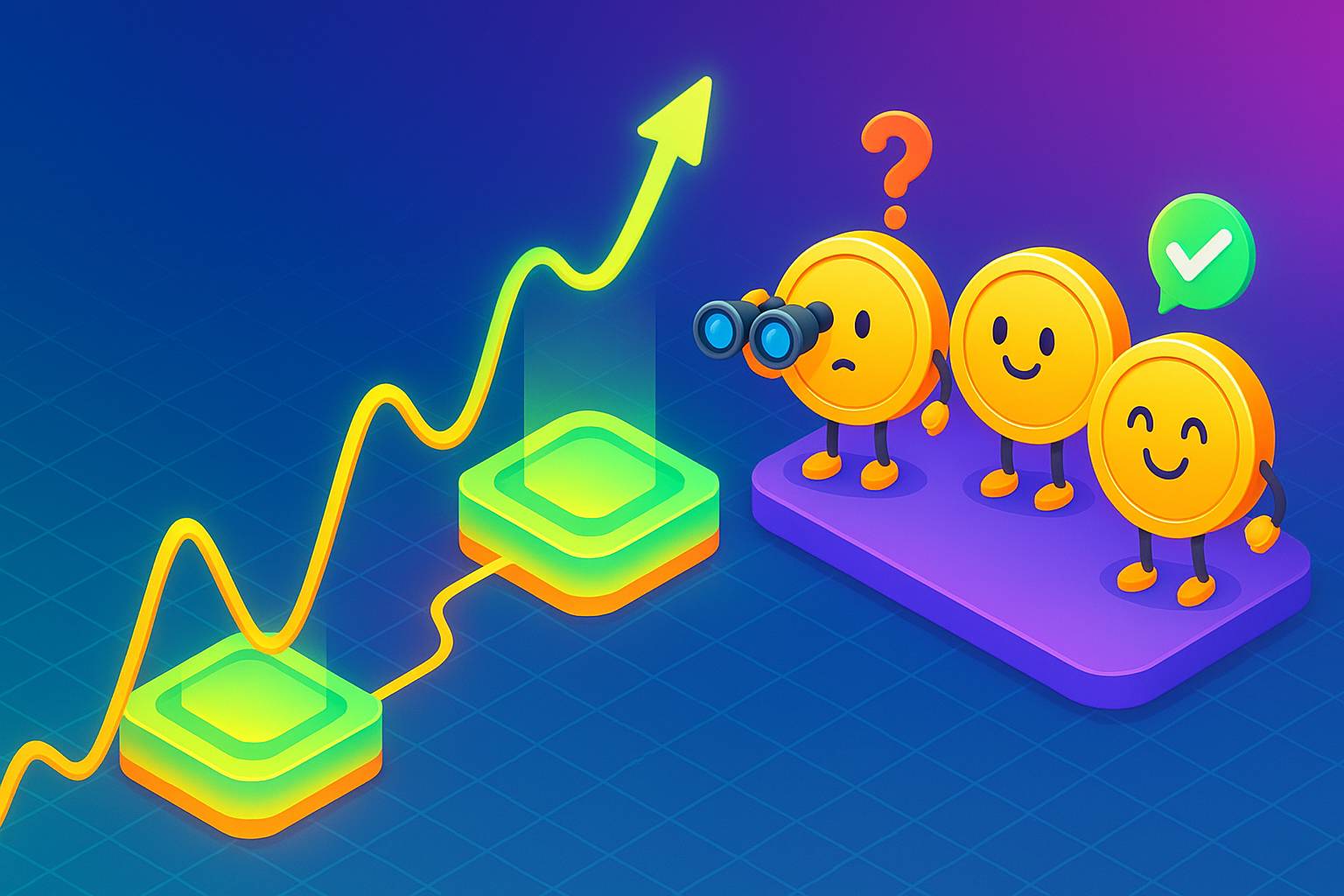Table of Contents
- Concise Overview - Understanding Market Volatility
- Delving Into the Concept of Volatility
- Factors That Drive Market Volatility
- Exploring Different Types of Volatility: Implied and Stock
- Understanding the Volatility Index
- The Effects of High Volatility on Stocks
- Summation
- Frequently Asked Questions Regarding Volatility
- 1. What factors lead to high volatility in cryptocurrency markets?
- 2. Define implied volatility.
- 3. How do you compute the Volatility Index?
- 4. What does high stock volatility signify?
- 5. What impact does high volatility have on trading?









